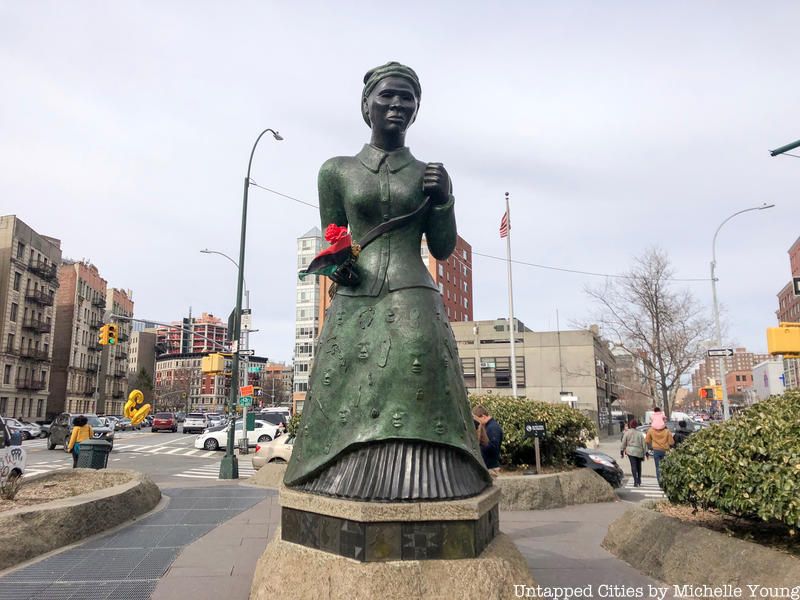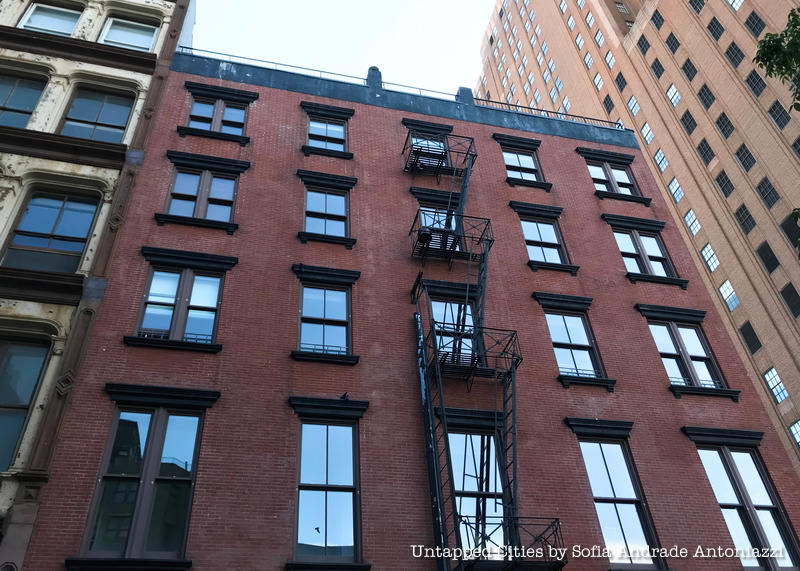
Around the time of the Civil War, New York City was, contrary to what some may think, rather pro-slavery. There were riots in the 1830s and 1840s against abolitionists and Black institutions, and a significant portion of New York’s economy relied on industries heavily supported by slave labor. On the other hand, New York City was also a major center of the Underground Railroad, allowing fugitive slaves to seek shelter in safe houses along their route further north. The Underground Railroad operated in intense secrecy, so much so that there are only a handful of locations across the five boroughs that verifiably served as safe houses. Quite a few had strong ties to abolitionist causes, though speculation remains about whether they actually served as safe houses. Regardless, the city, particularly Lower Manhattan and northern Brooklyn, aided thousands of escaped slaves over a few decades. Here is a list of locations across the five boroughs that had a hand in the New York Underground Railroad movement.
Manhattan
1. David Ruggles Boarding Home: 36 Lispenard Street, TriBeCa

David Ruggles was an African American abolitionist in New York who helped fugitive slaves reach free states. He was born a free man in Connecticut around 1810 and arrived in New York at the age of 17. He quickly became an activist for African American rights and the abolitionist movement, writing articles and running the first African-American-owned bookstore in the U.S. The bookstore carried a large selection of abolitionist and early feminist books, including the writings of Maria Stewart. Ruggles was also a secretary of the New York Committee of Vigilance, which aided fugitive slaves and helped enslaved workers know their rights.
Ruggles’ home at 36 Lispenard Street was a veritable hub for both the Underground Railroad and African American activists and intellectuals. As part of the Underground Railroad, Ruggles’s home hosted an estimated 600 escaped slaves in transit, including famed abolitionist Frederick Douglass. Douglass wrote in his autobiography, “I had been in New York but a few days, when Mr. Ruggles sought me out, and very kindly took me to his boarding-house at the corner of Church and Lespenard Streets.” The original townhouse was demolished, and 36 Lispenard Street is now La Colombe Torrefaction coffee shop. The original basement has been preserved. While living at this home, Ruggles purchased a printing press, which he used to publish his own pamphlets and a magazine that he edited, the Mirror of Liberty. Ruggles fought against bounty hunters who would kidnap and sell free Black people in the North. Unfortunately, Ruggles, who was criticized by fellow abolitionists for his tactics, died penniless and blind at age 39, laden with financial troubles.
2. Rev. Theodore Wright House: 2 White Street, TriBeCa

Located at 2 White Street, the Rev. Theodore Wright House stands out from the more modern and significantly taller buildings nearby. Wright was born free in 1797 and was educated in the African Free School. Wright was the first Black graduate of the Princeton Theological Seminary and a staunch abolitionist in a time of turbulent riots and strong anti-Black sentiment. He stated that true courage was not “to ask about the vileness of slavery, but to treat the man of color in all circumstances as a man and brother.” Wright founded the American Anti-Slavery Society, and while developing the organization, he served as a conductor on the Underground Railroad.
Wright’s home on White Street, built in 1809 as an 18th-century Dutch-style house, served as a stop on the Underground Railroad. The Federal-style home, an increasing rarity in Manhattan, has become a fashion destination of sorts, housing locations of J. Crew and Todd Snyder. Hidden behind its walls are stories of dozens of fugitives who took refuge in the home from 1842 to 1847. The home was not confirmed officially as a stop on the Underground Railroad (its landmark designation did not even mention Wright), though the tiny home may have been where 28 men, women, and children were given food and guidance to get to Albany.





